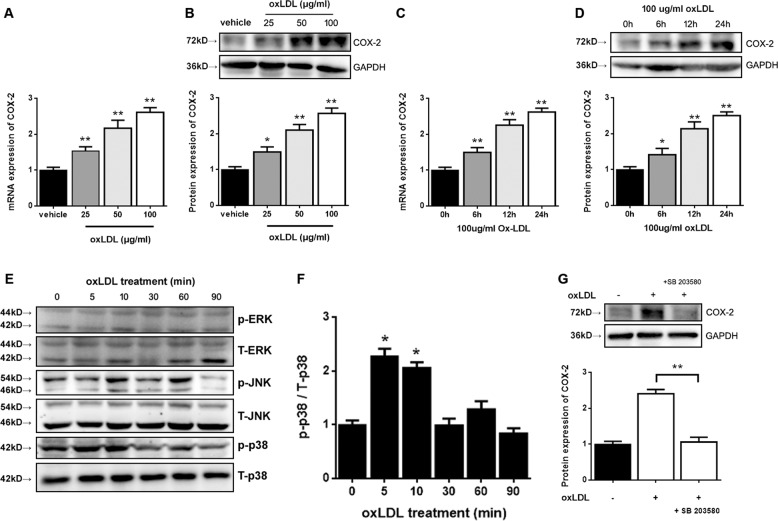Fig. 6. oxLDL-induced COX-2 expression is mediated by the p38 MAPK pathway in TM3 Leydig cells.
Cells were treated with various concentrations of oxLDL for 24 h (a, b) or with 100 μg/mL oxLDL for different time points (c, d), and the mRNA and protein expression of COX-2 was detected by qRT-PCR and western blotting, respectively. The vehicle with no oxLDL treatment was used as a control. *P < 0.05, **P < 0.01, compared with the control. e After incubation with 100 μg/mL oxLDL for different time points, the levels of phosphorylated MAPK (p-ERK, p-JNK, and p-p38) and total MAPK (T-ERK, T-JNK, and T-p38) were detected by western blotting. f The ratio of p-p38 to T-p38 was calculated. The p-p38 level in TM3 cells without oxLDL treatment (0 min) was used as a control (*P < 0.05). g Cells were pretreated with 0.5 μM SB203580 (a p38 inhibitor) for 1 h and then with 100 μg/mL oxLDL for 24 h. The protein expression of COX-2 was detected by western blotting and compared to that observed with oxLDL treatment alone (**P < 0.01). The data are presented as the mean ± standard deviation of at least three independent experiments.

